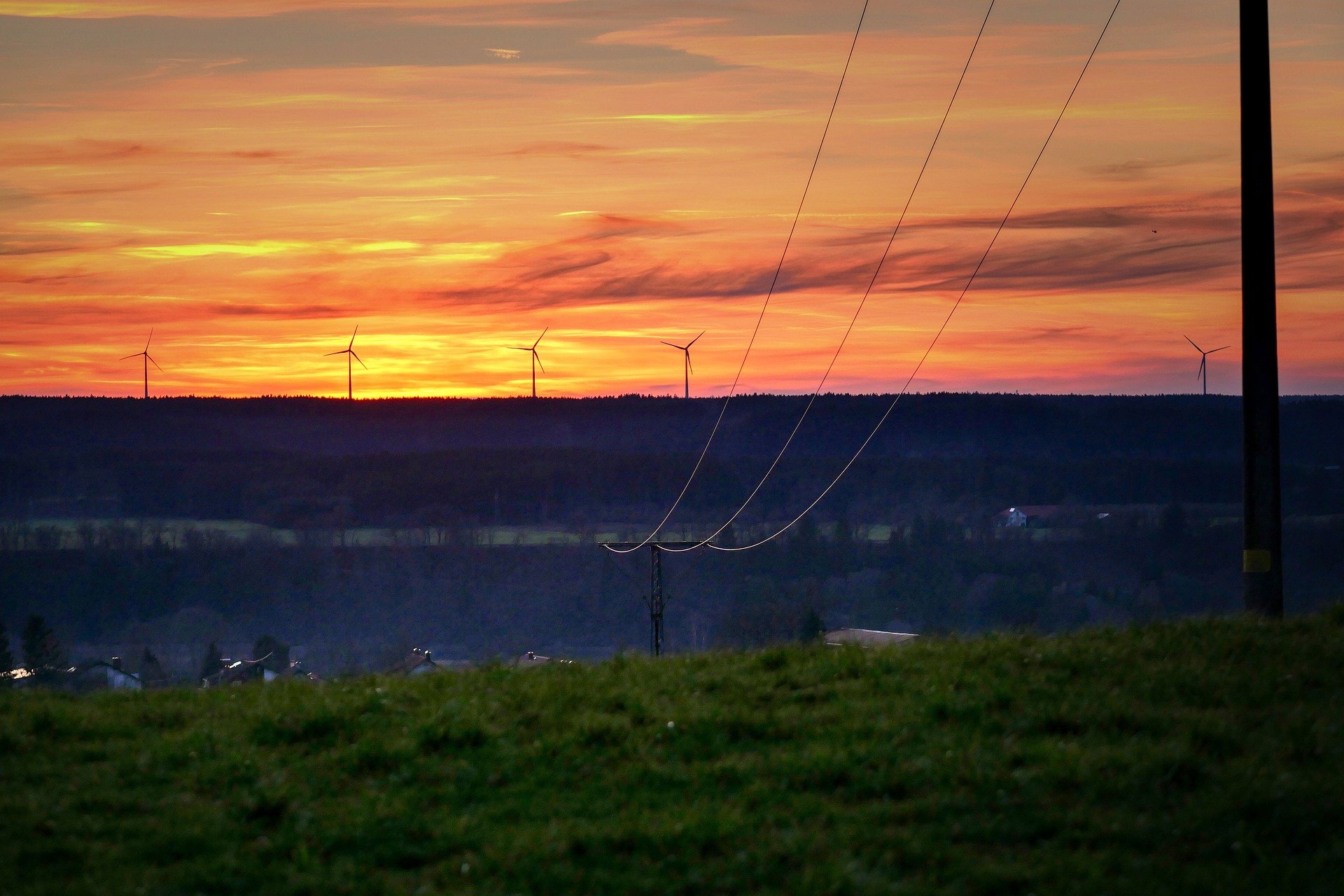In the last decade, the Trans-European Networks for Energy Regulation (TEN-E) has become a key instrument for delivering an integrated and shock resilient EU energy system. With European citizen’s rising concerns over climate change, by the end of 2020 the upcoming TEN-E revision should reset its focus away from energy supply and onto climate-resilient infrastructure planning for the future.
Energy infrastructure is critical to the success of the European Green Deal, the renewed political mission of the Union. The EU’s ability to deliver on its commitment of climate neutrality by 2050 will depend on decarbonising the energy sector, which is currently responsible for more than 75% of the EU’s greenhouse gas emissions. Energy infrastructure decisions often have a lifetime of several decades, making today’s decisions crucial to achieving a climate neutral energy system by 2050. Energy infrastructure is also the enabling piece to accelerate the transition of many sectors, for instance in the industry via electrification and hydrogen.
This briefing sets three benchmarks for successfully resetting the TEN-E regulation:
- Establish an infrastructure governance for a changing energy system;
- Redefine scope and priorities in line with the Paris Agreement;
- Support network innovation and transformation for climate neutrality.



